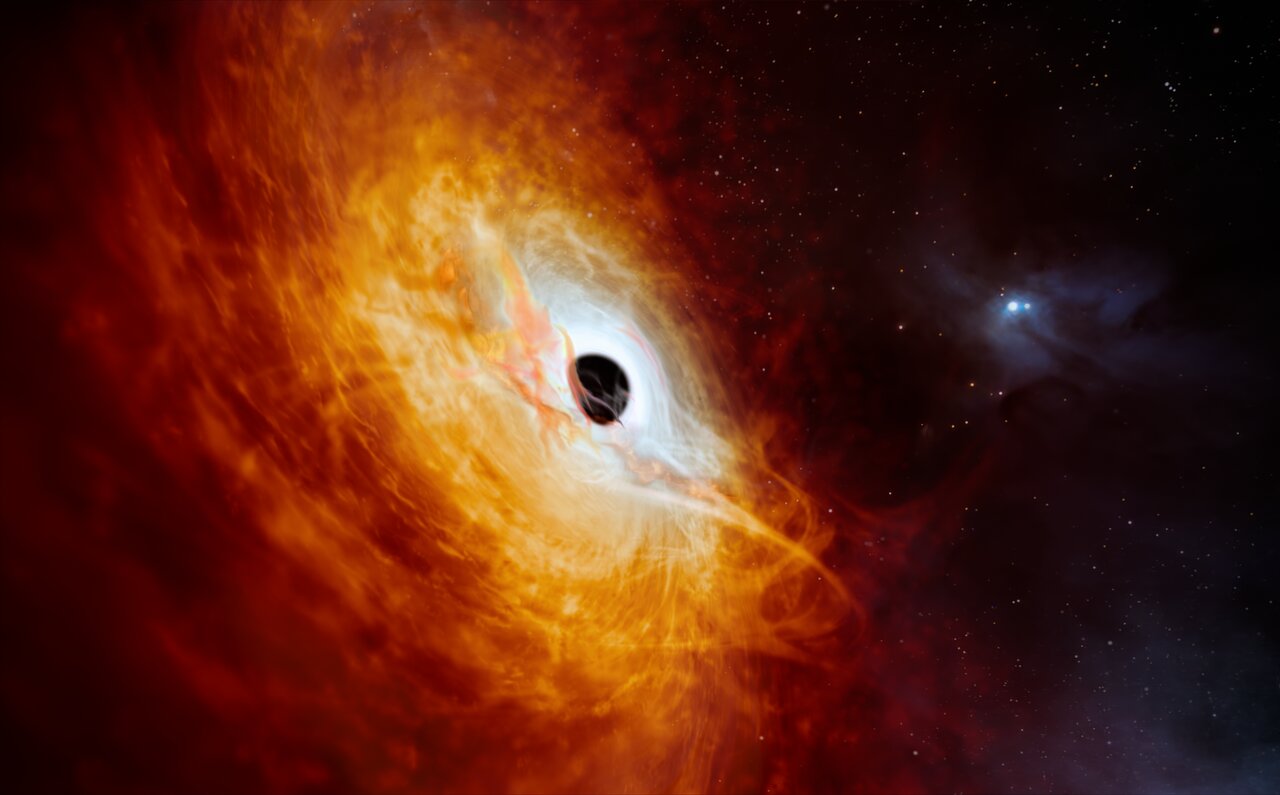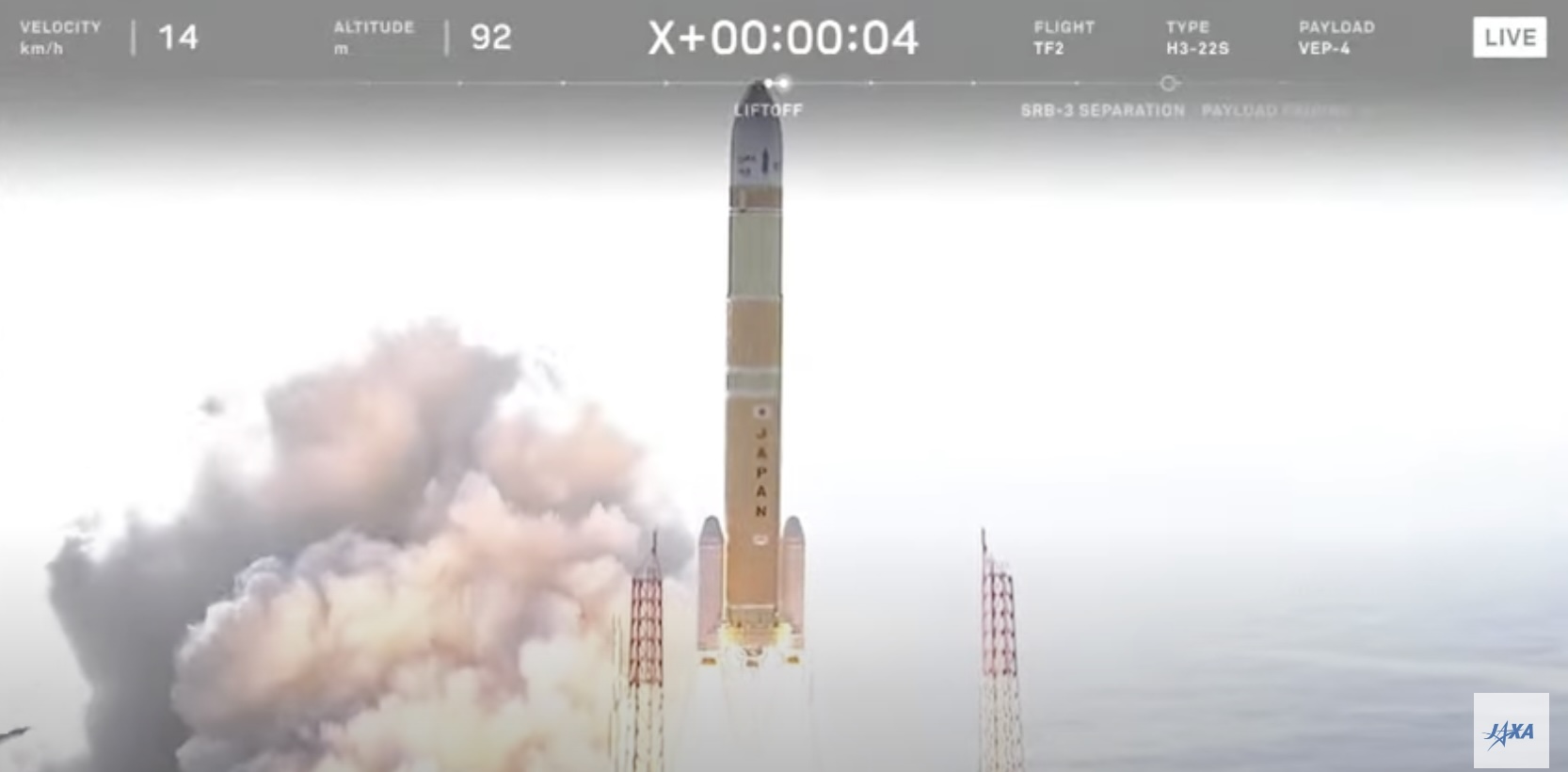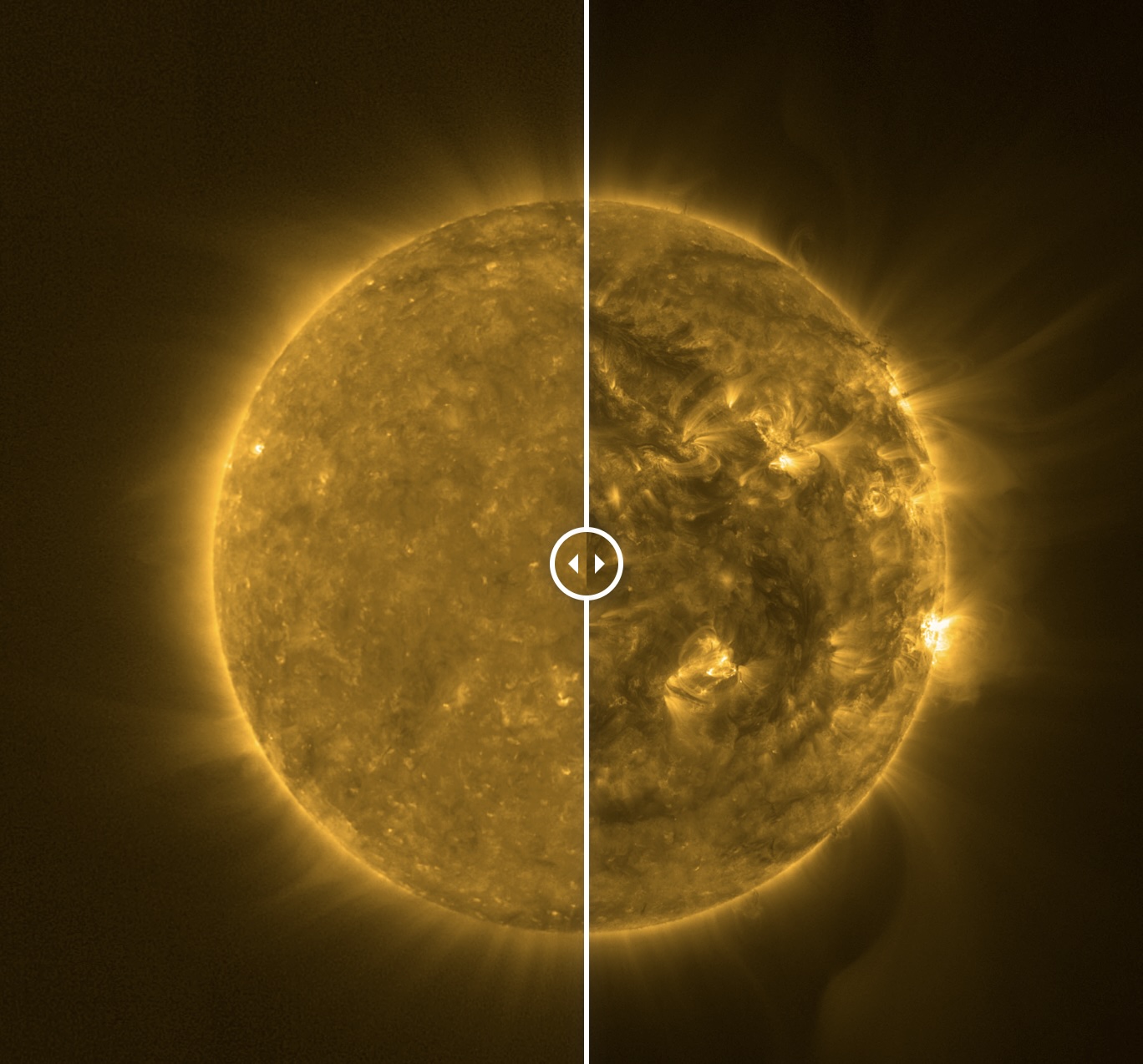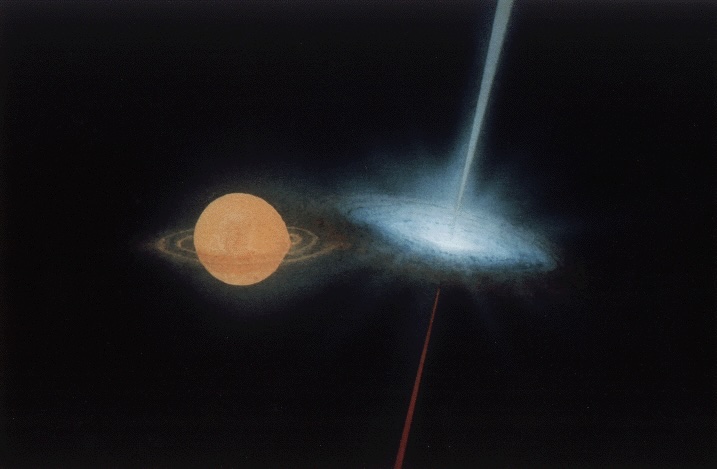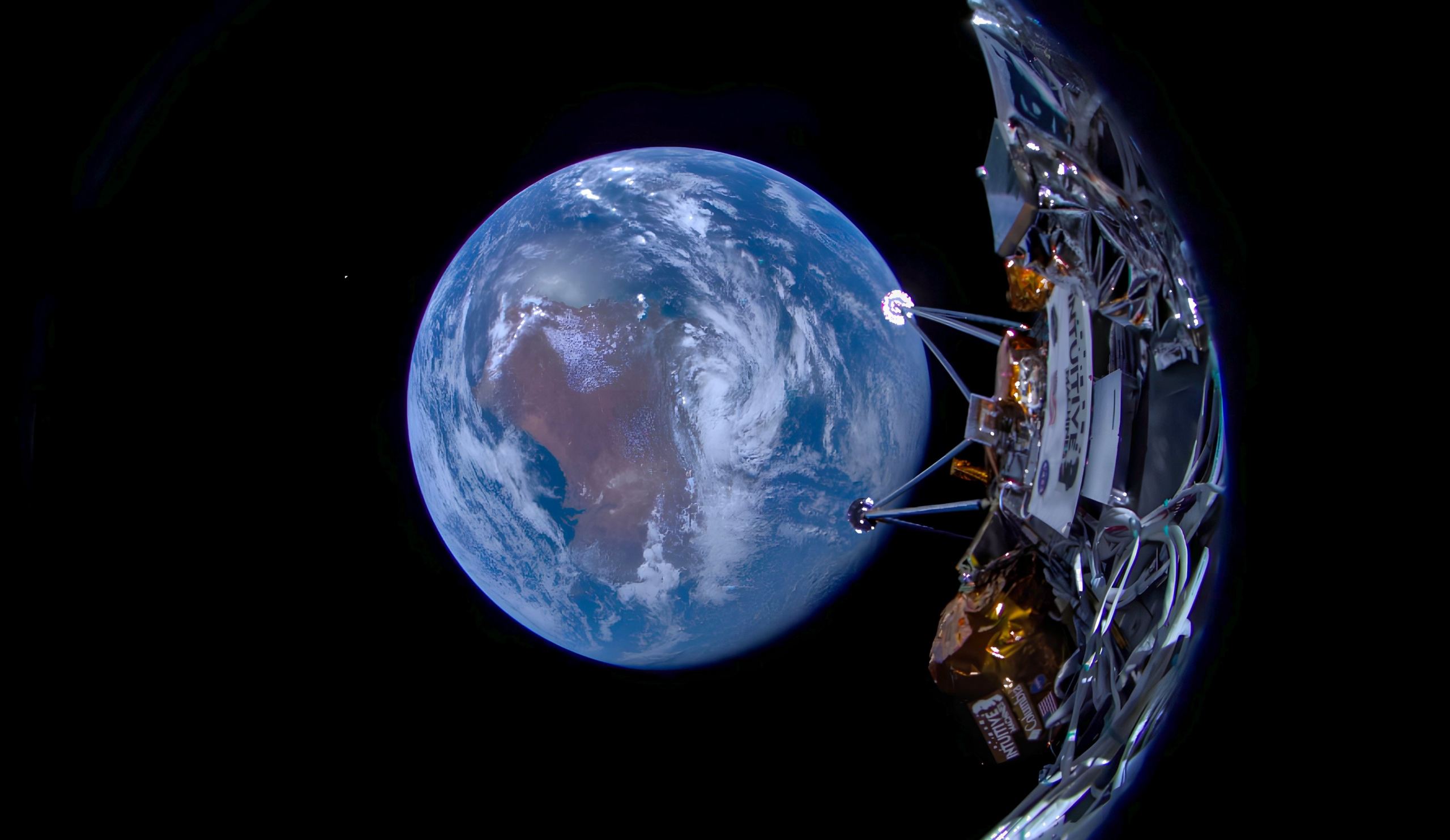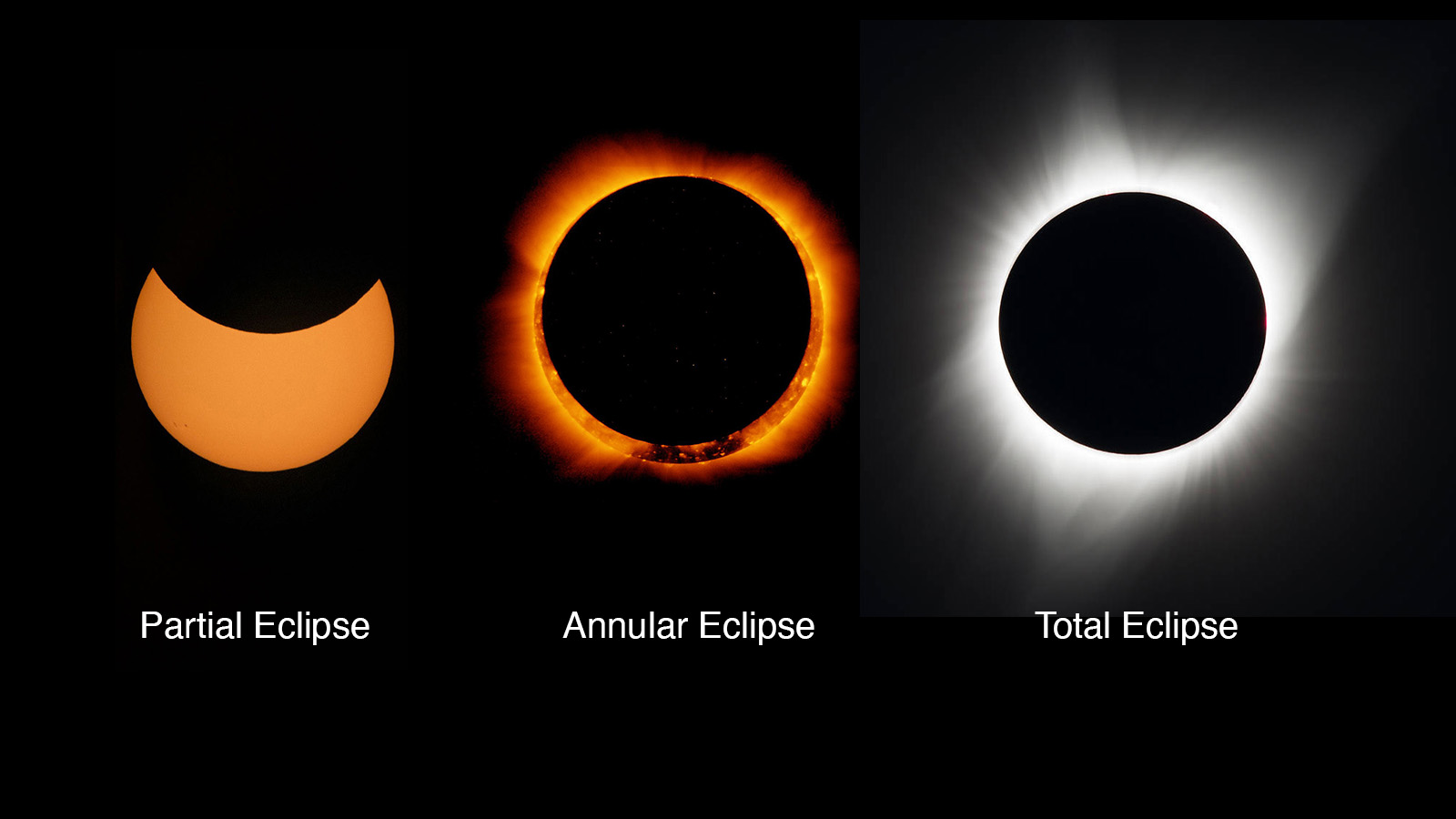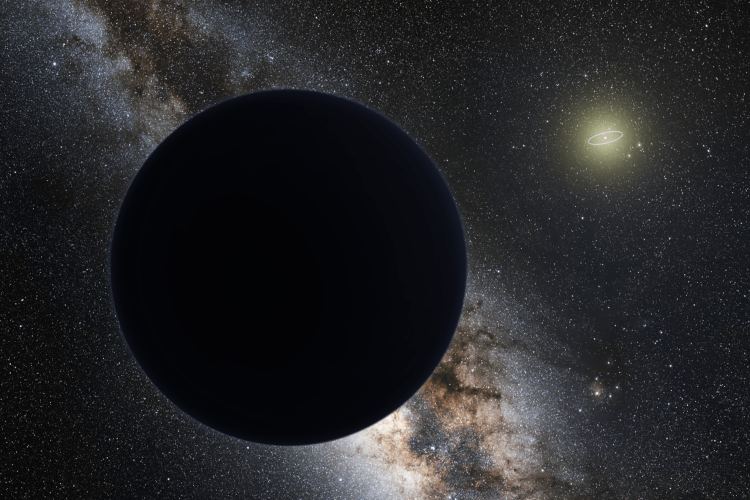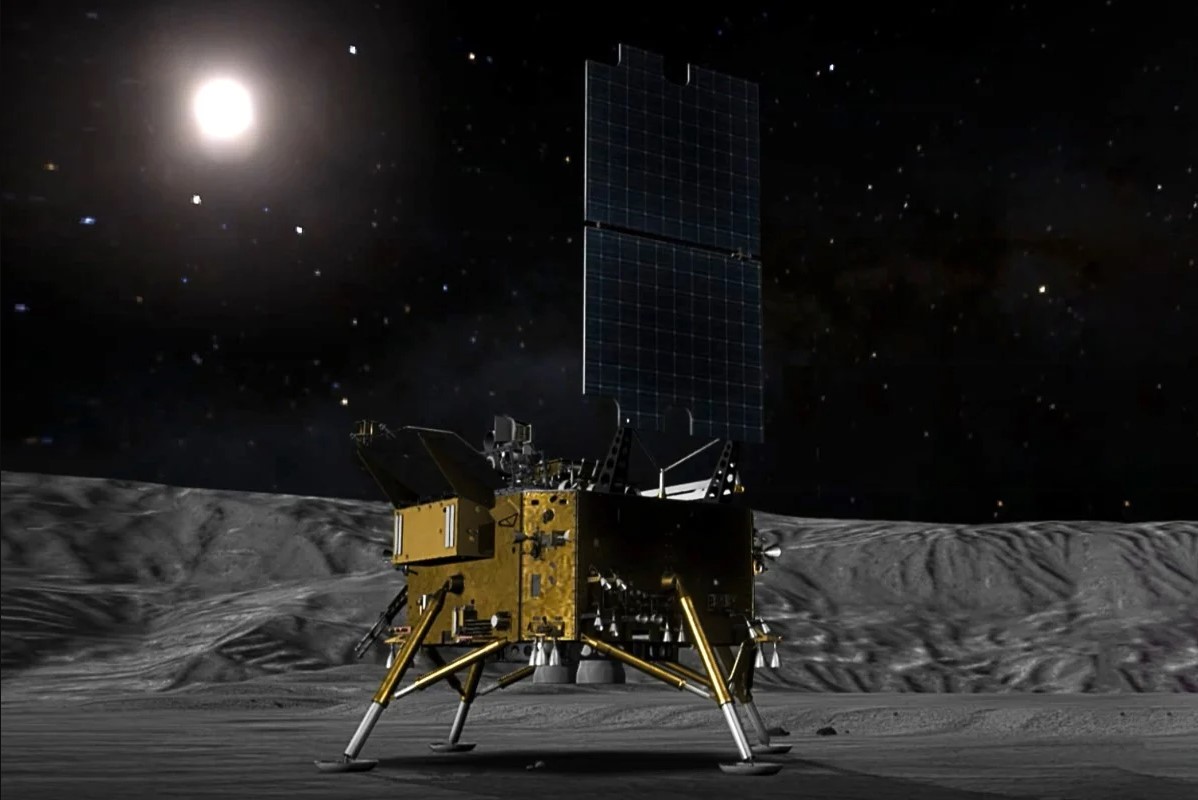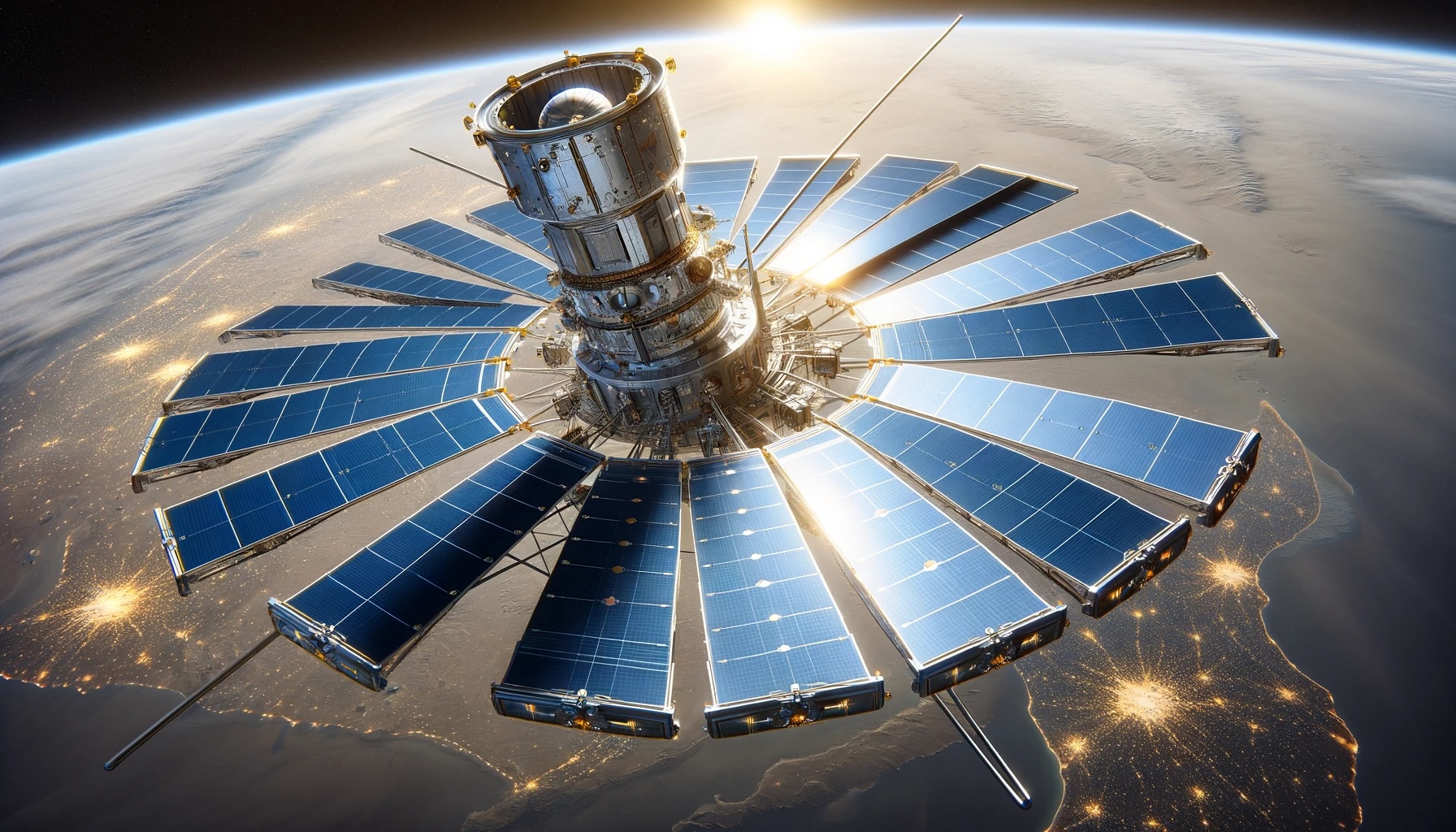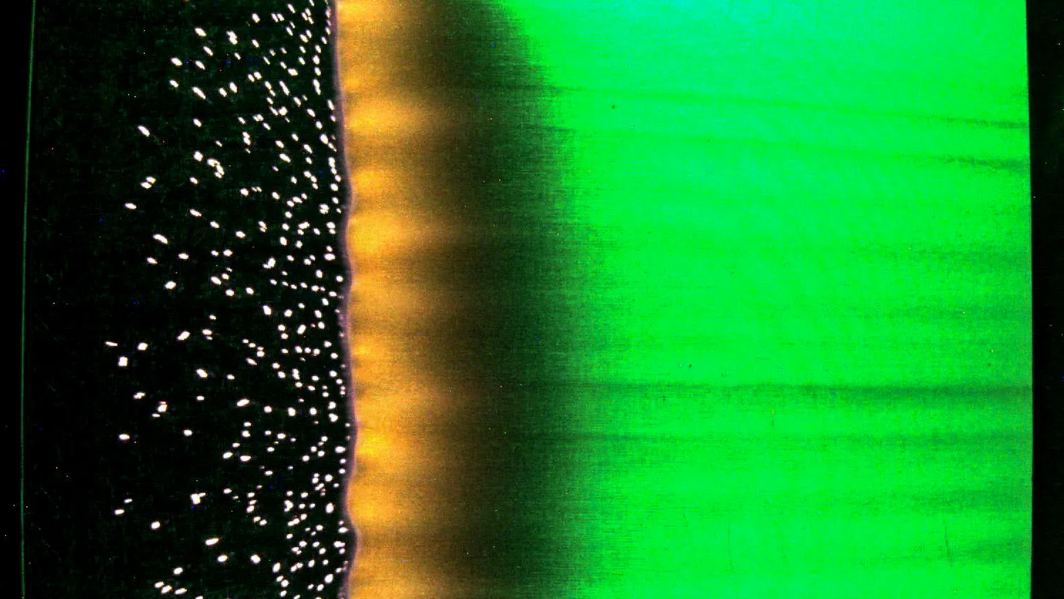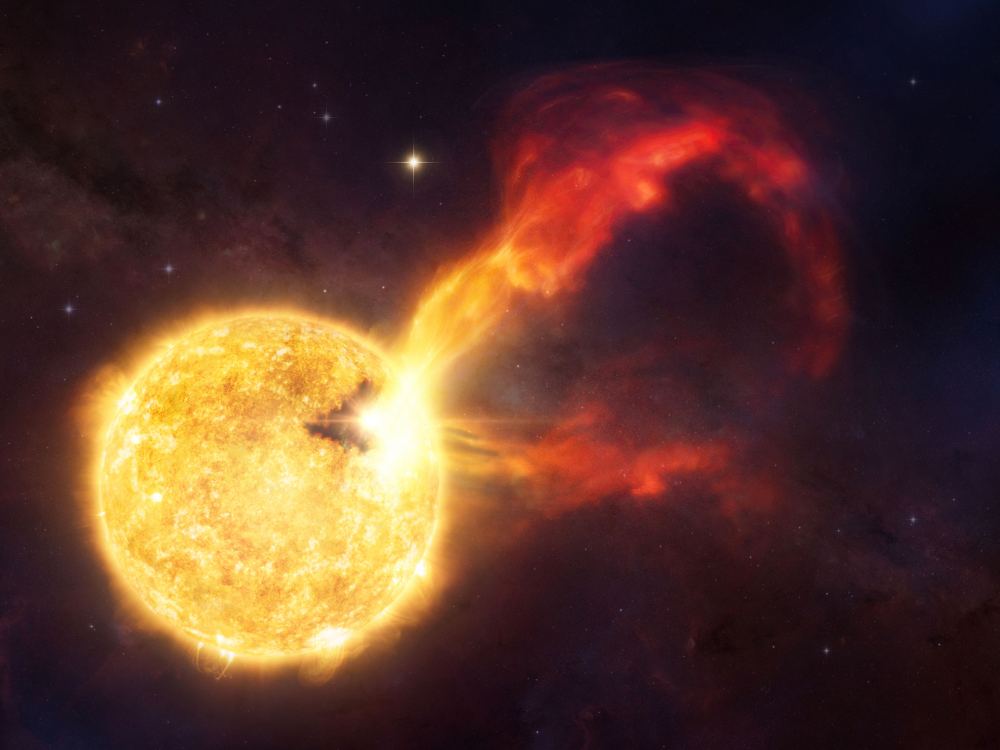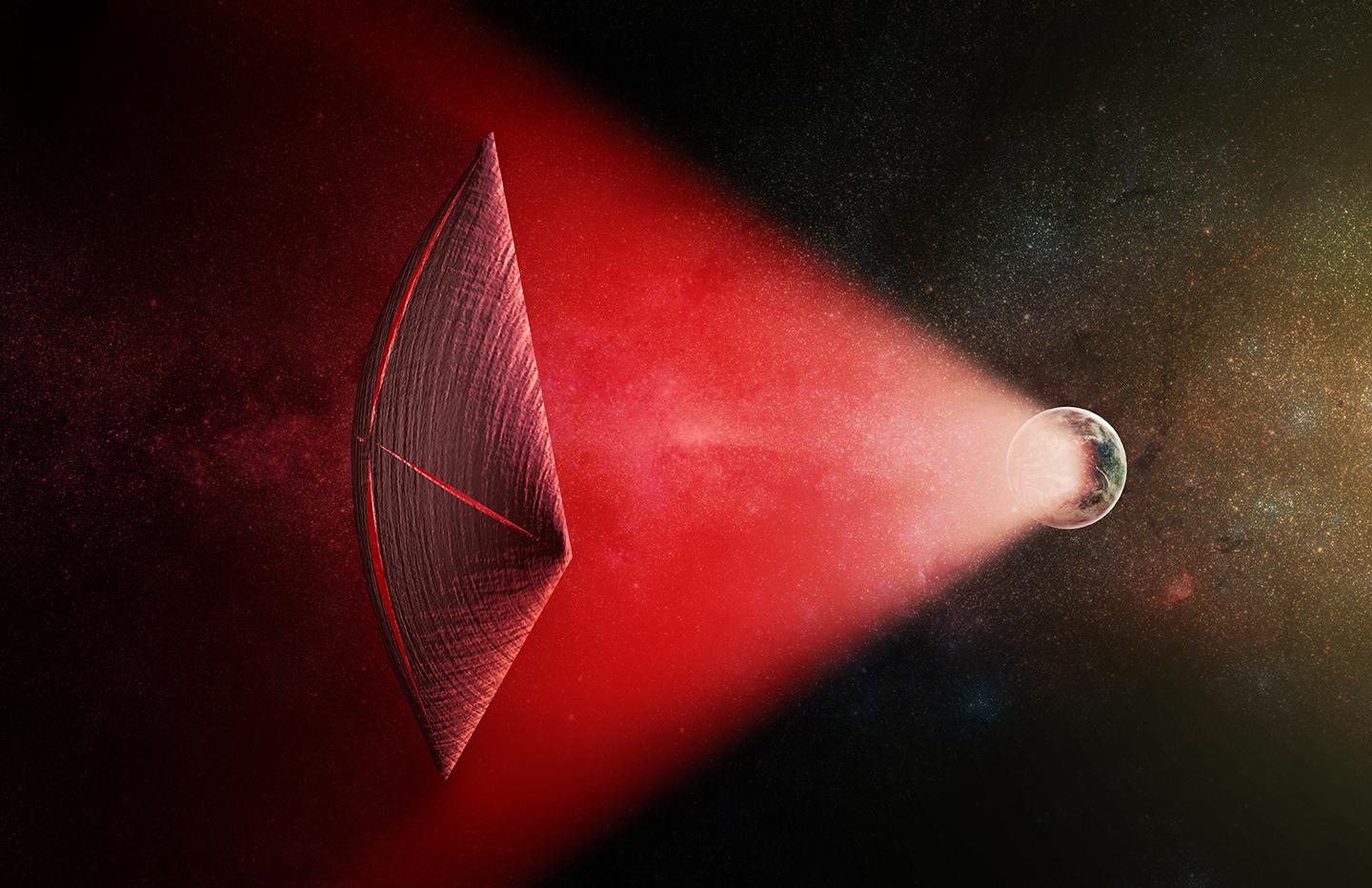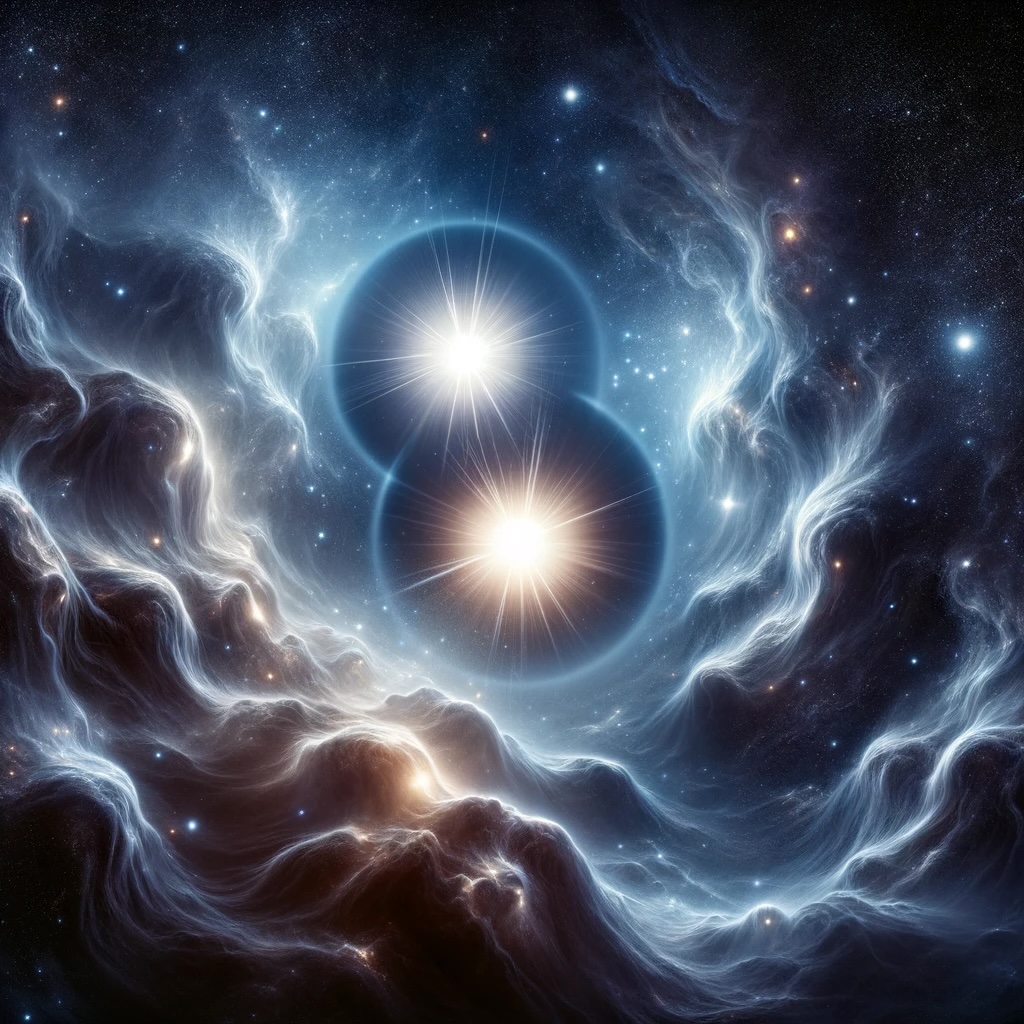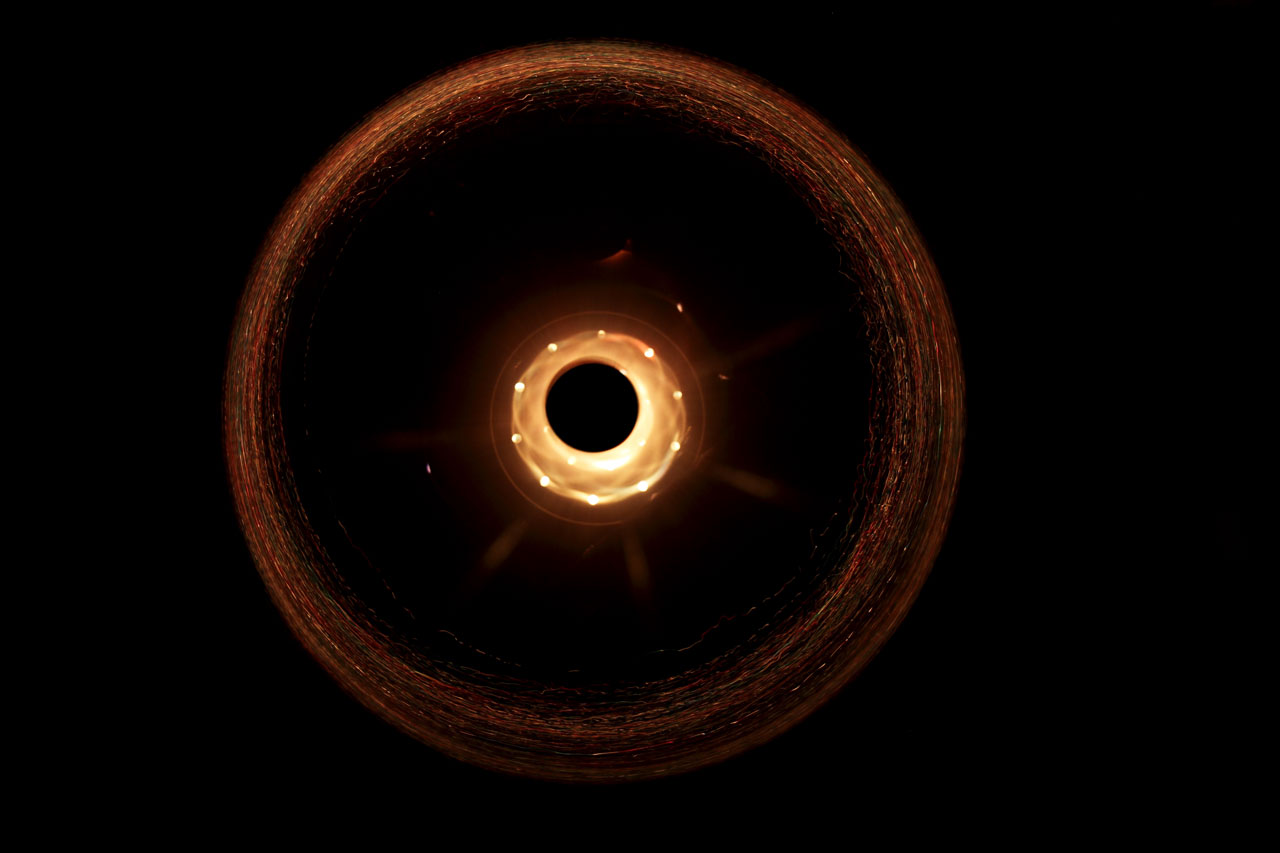
Astronomers continue to find more and more evidence of black holes, but there's an alternative theory that could explain the observations: gravastars. First proposed in 2001, these objects are one possible solution to Einstein's field equations, having the same impact on the Universe. But they won't have an event horizon or singularity. Instead, they'd contain thin shells of matter surrounding an exotic dark energy that pushes back against the star's gravitational force.
Continue reading
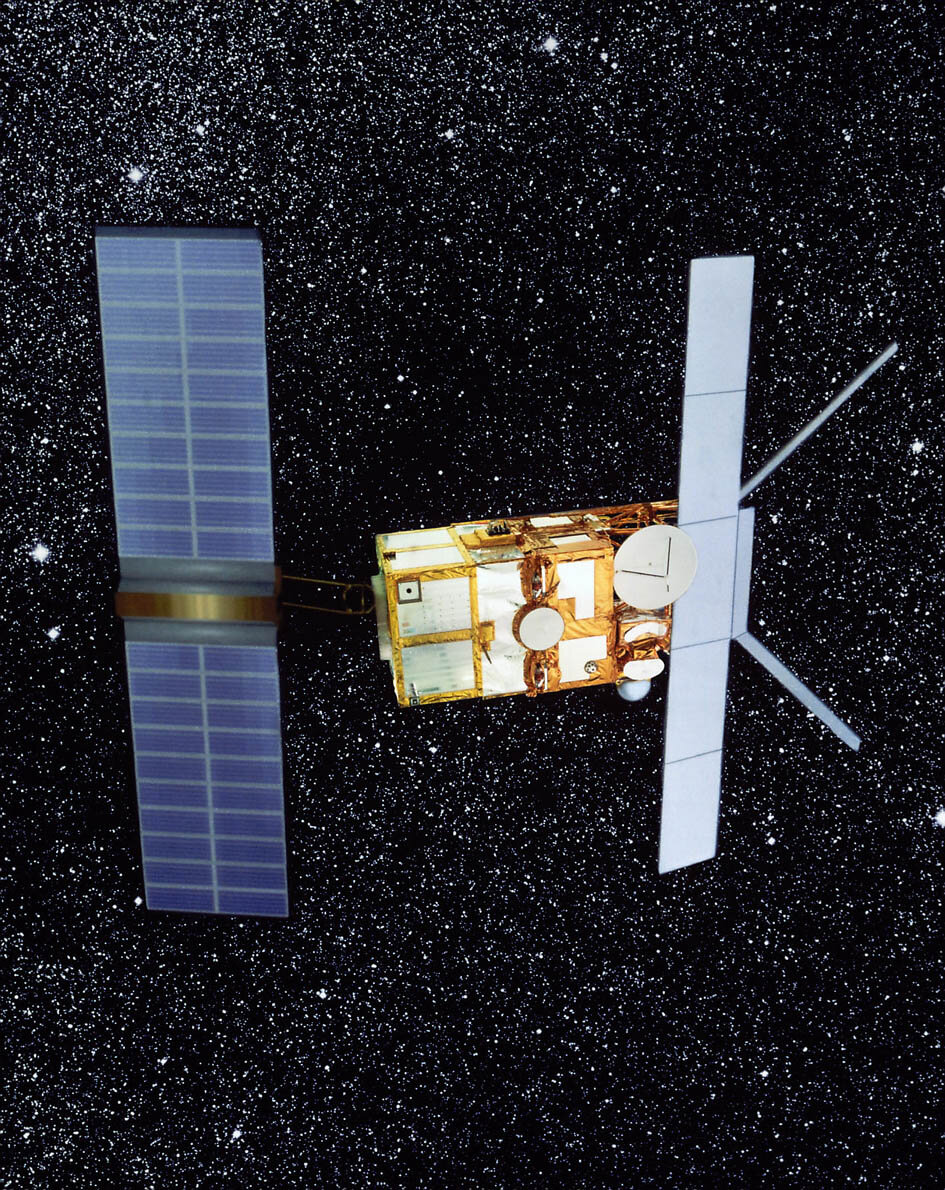
One of the largest reentries in recent years, ESA's ERS-2 satellite is coming down this week.
Continue reading
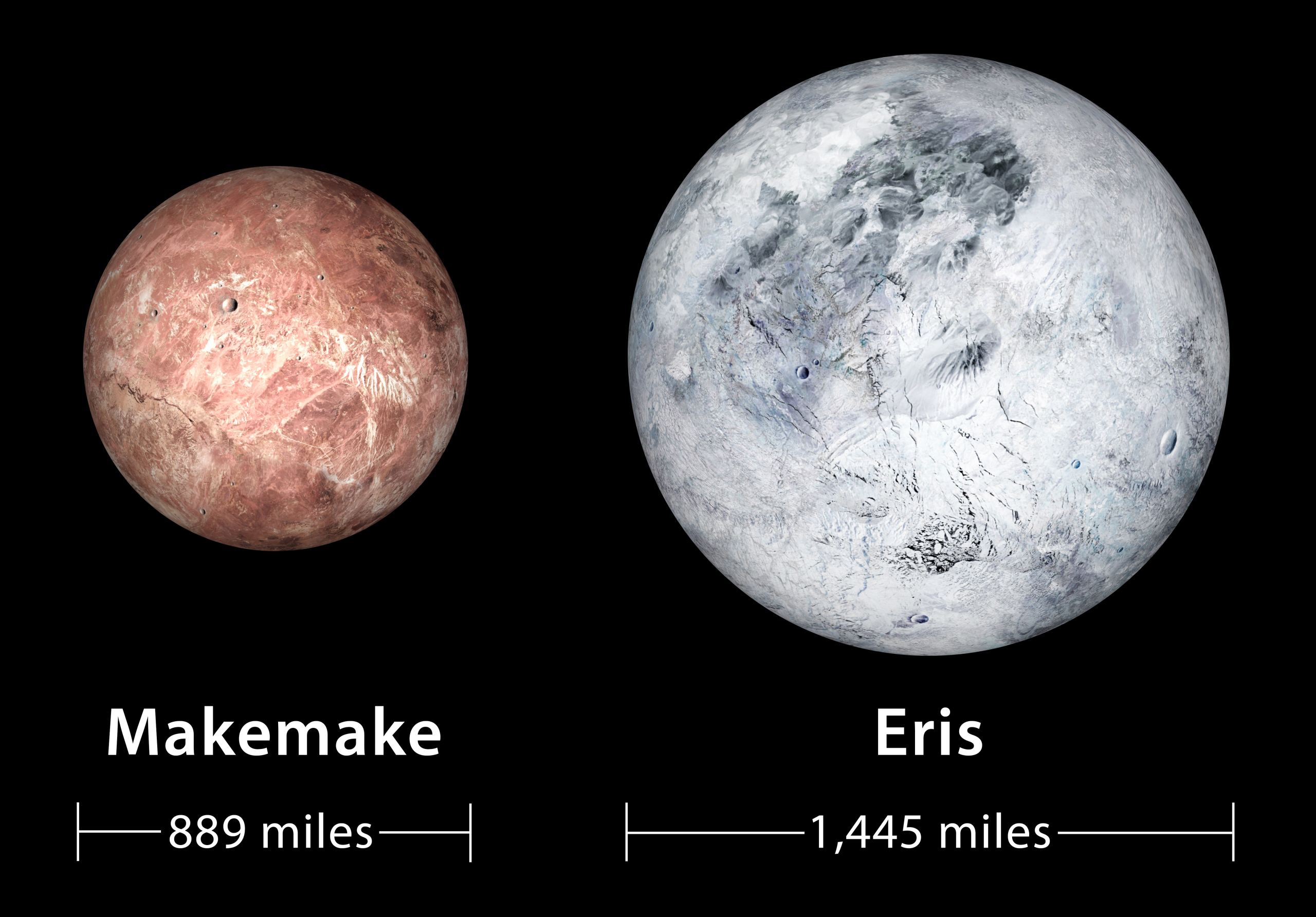
Astronomers have found evidence of geothermal activity across the Solar System, from planets like Mars, icy moons like Europa and Enceladus, and even dwarf planets like Pluto. They've used JWST to find evidence of geothermal activity in Kupiter Belt Objects Eris and Makemake. It was thought that these tiny worlds were long dead and cold, but they found evidence of elements on the surface that indicate geothermal activity, like geysers or cryovolcanoes.
Continue reading
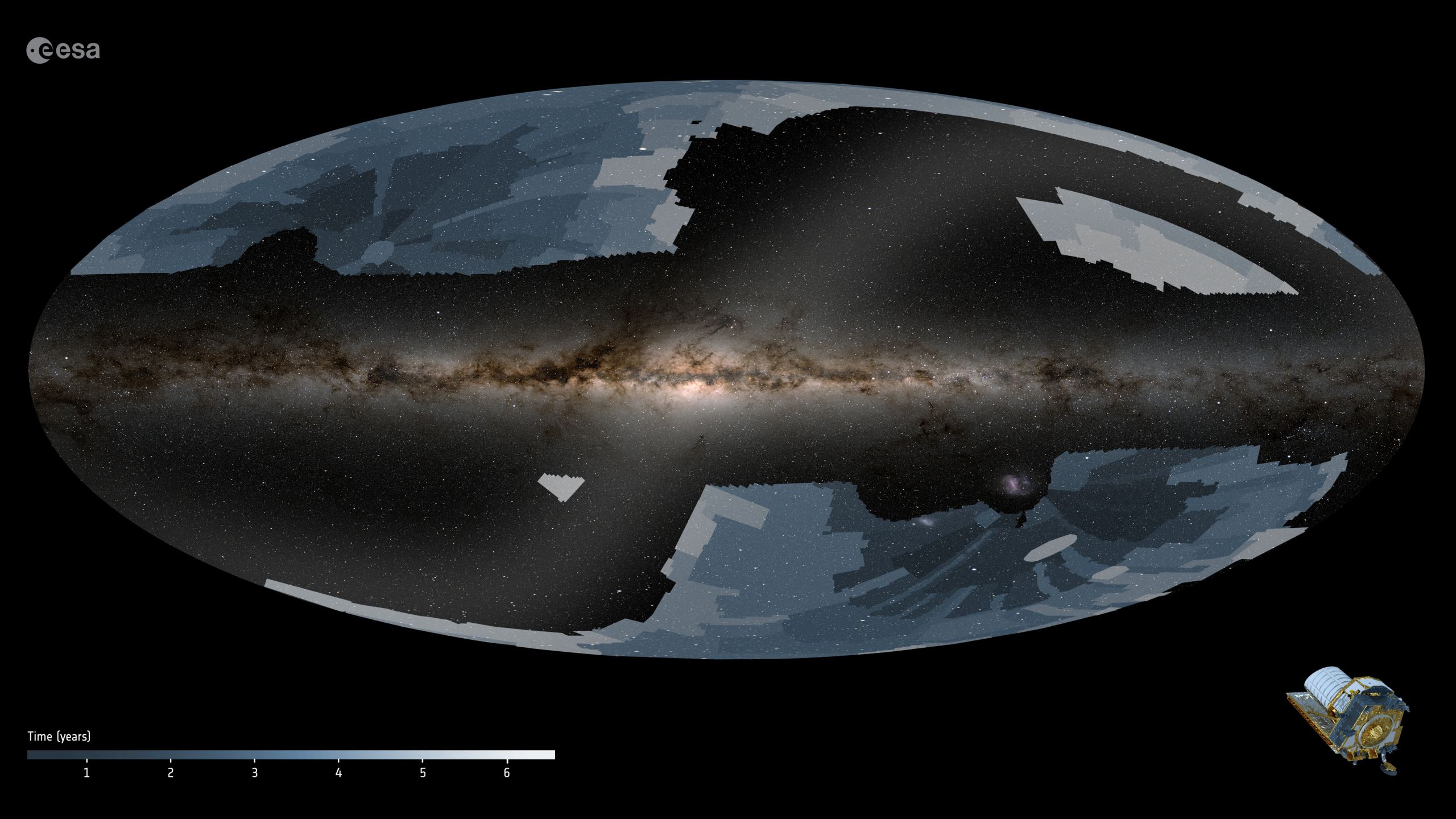
ESA's Euclid mission was launched in July 2023 and has already sent home test images showing that its instruments are ready to go. Now, the space telescope begins mapping huge swaths of the sky, focusing on an area for 70 minutes at a time. Throughout its 6-year mission, it will complete 40,000 of these "pointings", eventually observing 1.5 billion galaxies in the sky. Astronomers will use this map to measure how dark matter and dark energy have changed over time.
Continue reading
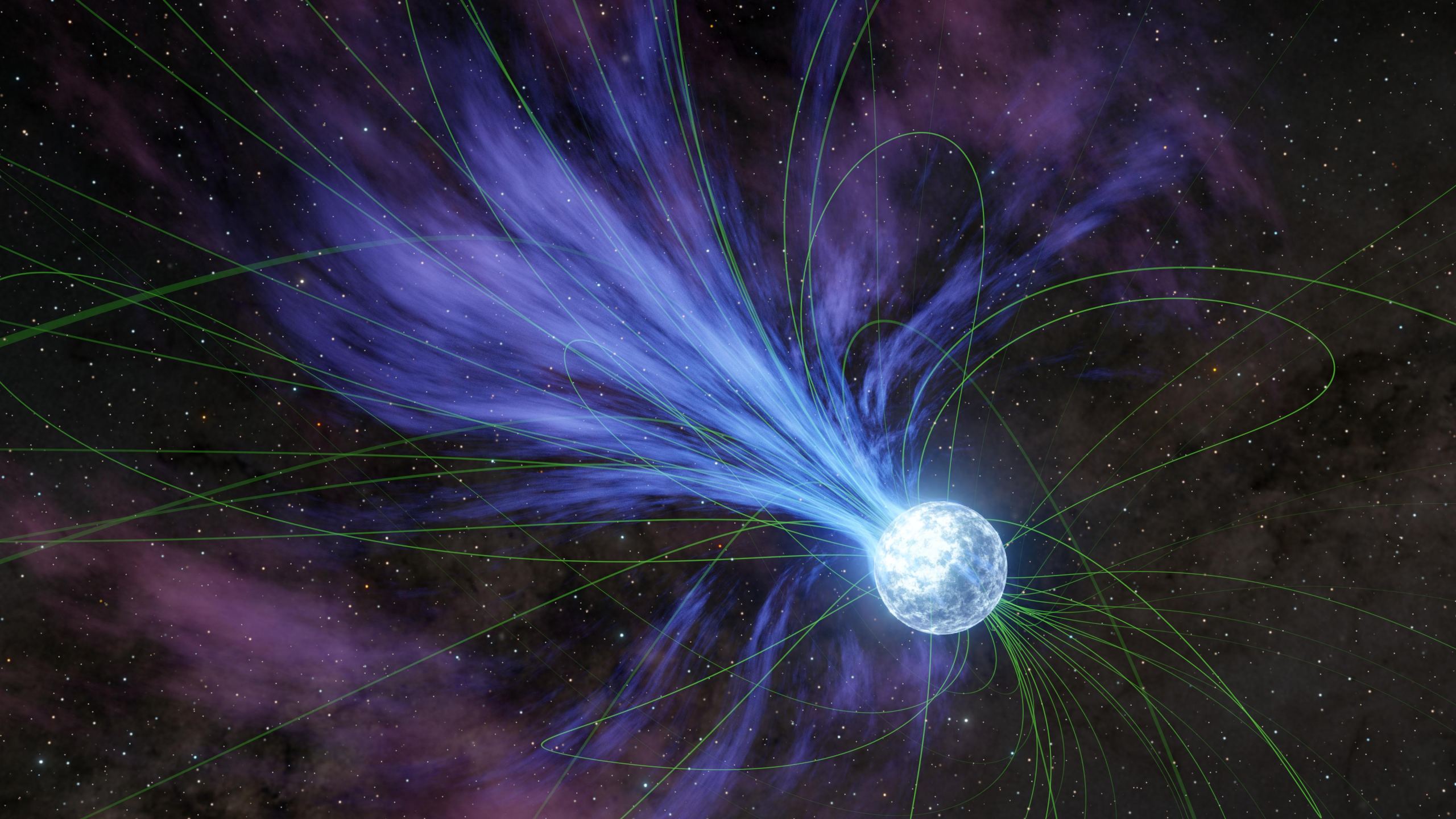
Astronomers have used two X-ray telescopes to study a neutron star and have discovered a link between it and mysterious fast radio bursts (FRBs). In October 2022, NASA's NICER and NuSTAR missions watched a type of neutron star called a magnetar for hours and detected the release of energy from its surface as it glitched, suddenly spinning faster. At the same time, radio telescopes detected an FRB from the star. These two events are connected.
Continue reading
